This multi-level layout plan, contributed Lou Melick, first appeared in the December 2007 issue of CLASSIC TOY TRAINS. A previously published CTT track plan inspired this affordable and fun holiday layout. […]
Christmas toy train track plan
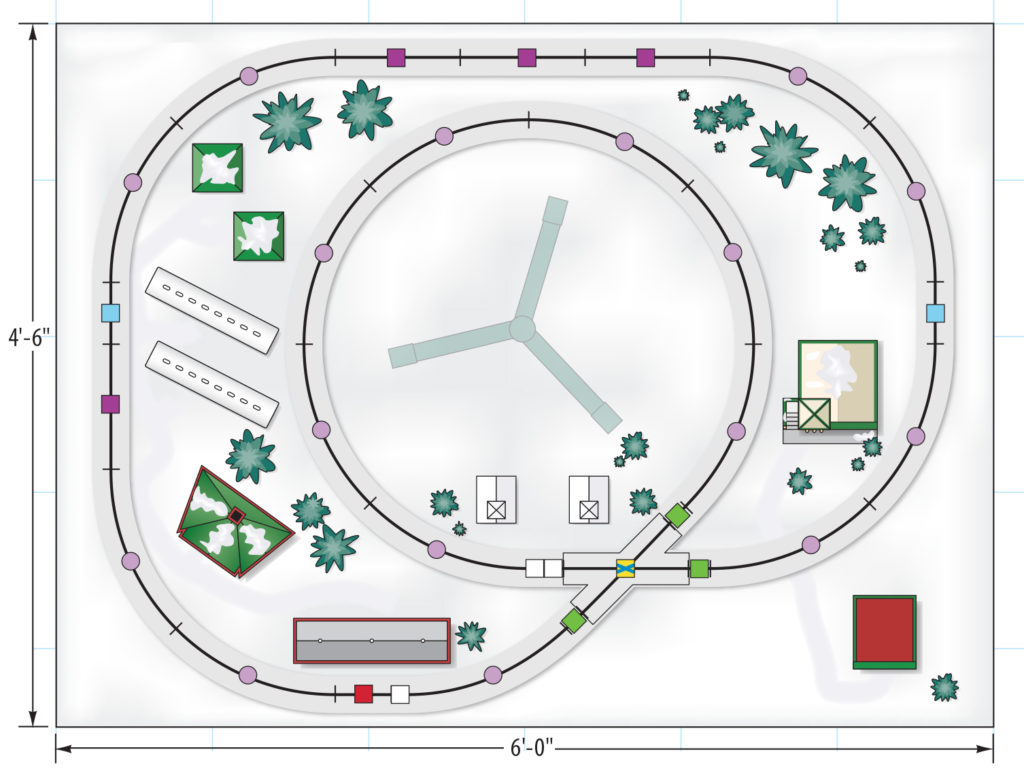
Action may be required on your Trains.com account in order to continue accessing content. Click here to learn more.

This multi-level layout plan, contributed Lou Melick, first appeared in the December 2007 issue of CLASSIC TOY TRAINS. A previously published CTT track plan inspired this affordable and fun holiday layout. […]
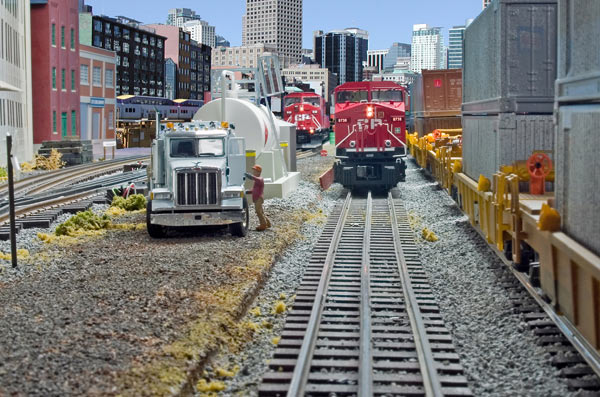
Subscribers can watch these scenes filmed on location at Senior Editor, Kent Johnson’s O gauge hi-rail home layout. […]
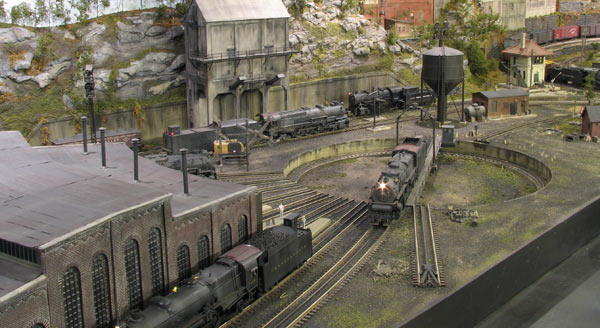
Norm is back, and in our November 2009 issue he shows you the latest addition to the realistic modeling on his home railroad. […]
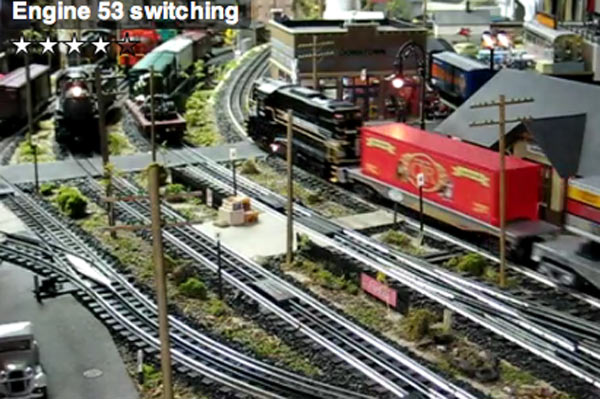
The mid-1990s were a great time in toy trains full of changes in both the trains themselves as well as in command control. For Ray Mansfield, it was the time to launch work on the layout he had been waiting all his life to build. Watch the streaming video below demonstrating some of the exciting […]
[…]
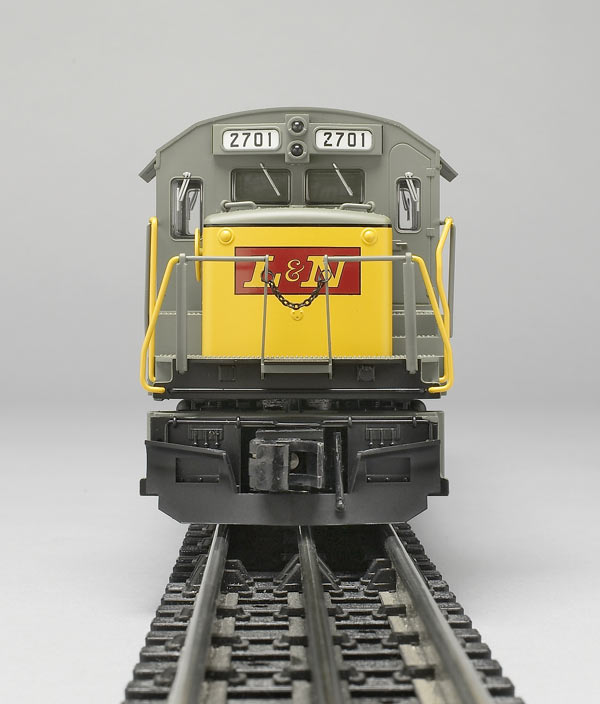
THE TARGET OF OUR ATTENTION HERE is another addition to the locomotive lineup for the Atlas O Trainman series of value-priced, scale-dimension, three-rail products. Our Atlas model is a General Electric U23B, a four-axle freight-hauler. Don’t let the model number fool you. The General Electric U23B came after the venerable U25B. Of course, the original […]
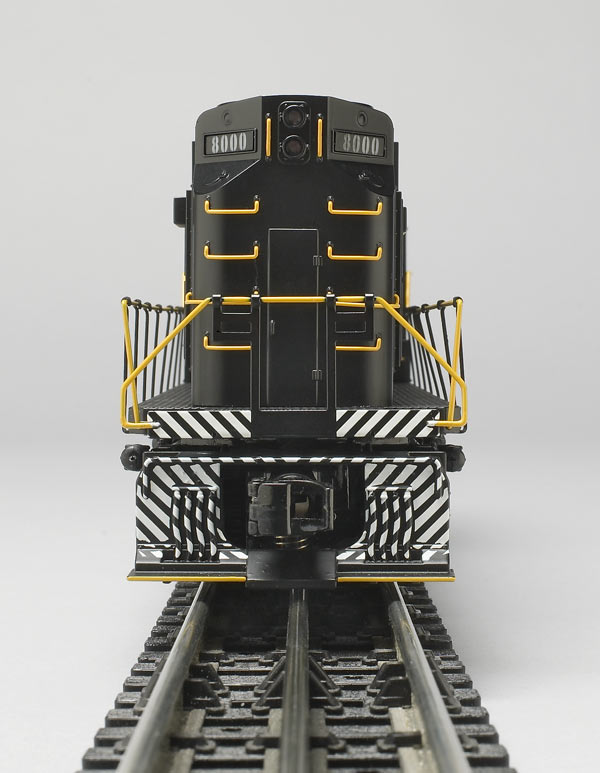
ON THE CUSP OF ALCO’S DECLINING YEARS, the Schenectady, N.Y. locomotive builder fielded the 1,800 horsepower RS-11 as a replacement in the catalog for its popular RS-3 (and its cousins). The new Alco locomotive could be purchased in low- or high-hood versions and was suitable for both freight and passenger operations. Its natural target was […]
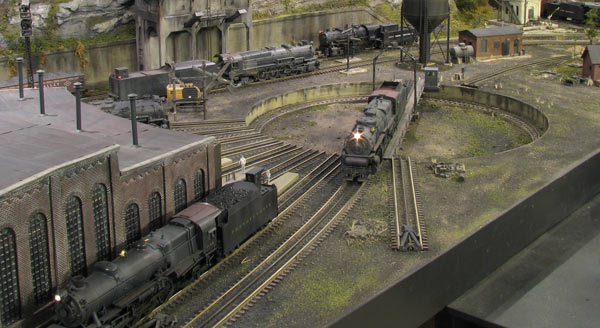
In the November 2009 issue, Norm tells you how he built his locomotive servicing terminal to showcase big steam power. The cover story in CTT’s November 2008 HI-RAIL SPECIAL issue was on the stunning 19 x 22-foot layout created by Norm Charbonneau. A weathered Lionel New York Central L2a 4-8-4 Mohawk spins on the Bowser […]
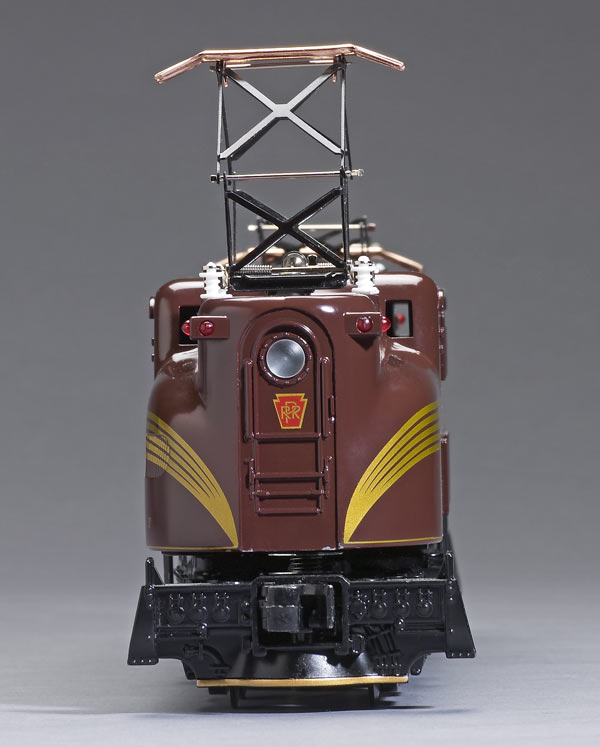
UNDER THE OWNERSHIP OF BACHMANN INDUSTRIES, the Williams line of O gauge trains remains filled with solidly built, quality products that are affordably priced. This was the key to success under Jerry Williams, and it continues as the hallmark under Bachmann’s management. Strictly speaking, what we’re examining today isn’t a set in the sense that […]
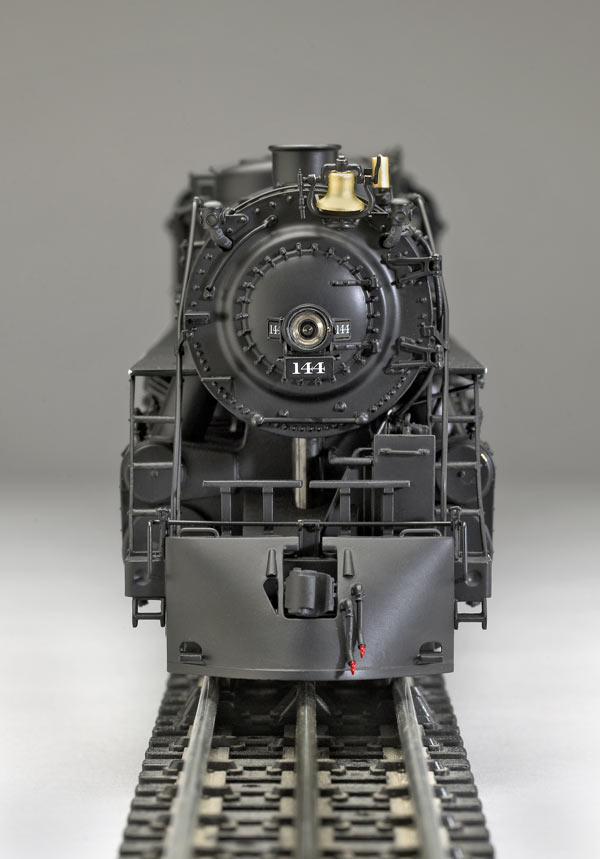
IF YOU SAY THE NAME “HUDSON” TO ME, I think first of the legions of New York Central J-class engines. I would guess that this image would pop into the minds of most people in the toy train world. Ironically, the Milwaukee Road came up with the first design for a 4-6-4 (which it dubbed […]
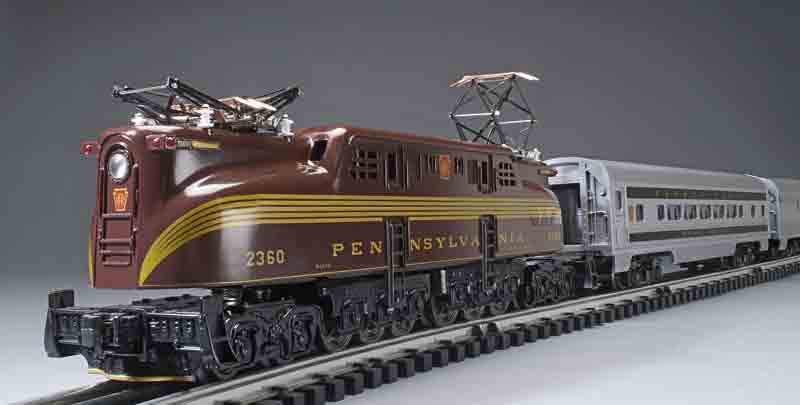
Staff comments on this train set included Roger Carp’s opinion that this is your chance to pick up a handsome classic with modern features – bringing back wonderful memories of Lionel’s second version of the Pennsy’s Congressional train. […]
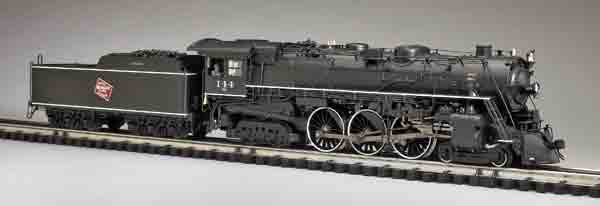
Enjoy a streaming video of the Milwaukee Road 4-6-4 by Weaver Models! It retails for $1,095, and features 0-42 operation, brass construction, can-style motor, Lionel RailSounds and Train Master systems, Train America Studios’ fan-driven smoke unit and Engineer-On-Board speed control, and coil coupler. […]